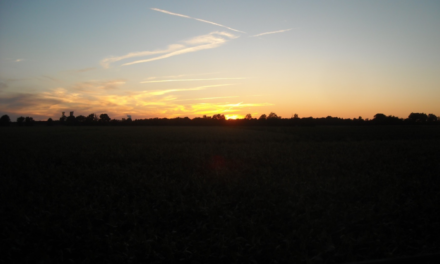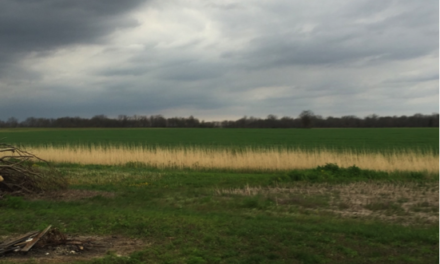Do you ever step outside in the evening to find your patio invaded by slugs? These slimy crawlers are probably the most repulsive of all garden pests. The silvery slime train they leave behind is a sign of their activity. Slugs are one of the most damaging pests in the garden as a family of slugs can take out an entire vegetable crop in a few days. Since they are nocturnal, we can tend to overlook them. I find that when I study “a garden enemy” I have a better understanding of how to control it so let’s look at some facts about the lowly slug.
Slugs eat tender leaves off any kind of vegetation available but they love potatoes, beans, lettuce, cabbage, tomatoes and strawberries. Last year, I couldn’t figure out what was making a small hole in every one of my ripe strawberries until I went out at night to witness a horde of slugs destroying my strawberries in my raised bed: they climbed into them with ease.
The land slug is the name for any shell-less terrestrial gastropod mollusc. They are greyish with eye stalks. They are made up of mostly water and produce an excessive amount of protective mucous. Because of these features, they can dry out quickly and are more active during cool temperatures and high humidity. They hid during the heat and windy day conditions under bricks and wood, in flower pots weeds or mulches: (and my raised strawberry beds, the fiends!)
They range in size from ¼ inch to 2 or more inches long. They are hermaphroditic, which means they have both the male and female reproductive organs inside their bodies. That creates some fancy dancing in the garden as their mating practices are elaborate. Slugs like to hide in dark, damp places during the day making them hard to spot. You can tell they have been feeding on your plants by the irregularly shaped holes they create with their file-like mouths that rasp and chew on plants. Often you will not realize you have a problem with this pest until you spot the leaf or fruit damage they leave in their wake.
A great way to see how large a slug problem you may have is to lay out a wide wood plank or pieces of cardboard on to bare garden soil. In the morning you will find slugs hiding under your boards. You can scoop them up and freeze them for 3 hours before adding their remains to your compost piles (or just crush them). Another classic trap is shallow dishes of stale beer positioned around the garden and flower beds. The slugs are attracted to the yeast in the beer (you can also use a mix of water, molasses, cornmeal, flour and yeast in place of beer). It lures them into the shallow dish and usually they will die a happy drunken death. Some slugs are beer resistant making hand picking a valid option. Or you can make the trap escape-proof by cutting the spout end off a soda bottle just where it reaches the widest diameter. Turn the pour spout around so it’s pointing inside the bottle and secure with duct tape. Pour a little beer into the bottle (add extra yeast if you wish) and lay in on its side in the garden.


Buchheits carries slug repellent and poisons. You can also use slug repellents like wood ash, coffee grounds, pine needles, or crushed eggshells by surrounding the tender plants with them. The rough texture is abrasive to their skin and they will leave the plant alone. Don’t waste the money on diatomaceous earth for use as a barrier as it has little effect when it gets wet. Cooper bands also work as they cause a minor electrical shock to the slugs but for large areas that may be cost prohibitive.
Ducks, toads, snakes and shrews, starling and beetles are all natural predators of slugs. I love watching my ducks go after the slugs around the flower beds. By not laying the mulch down too thick, you may also limit slug infestations. Fireflies are a natural predator of slugs also.
Slugs are worst in wet conditions making them more of an issue during a wet year. I hope that this posting will help you see less damage from this silent pest. Check your hostas! Be blessed!
Anne May






